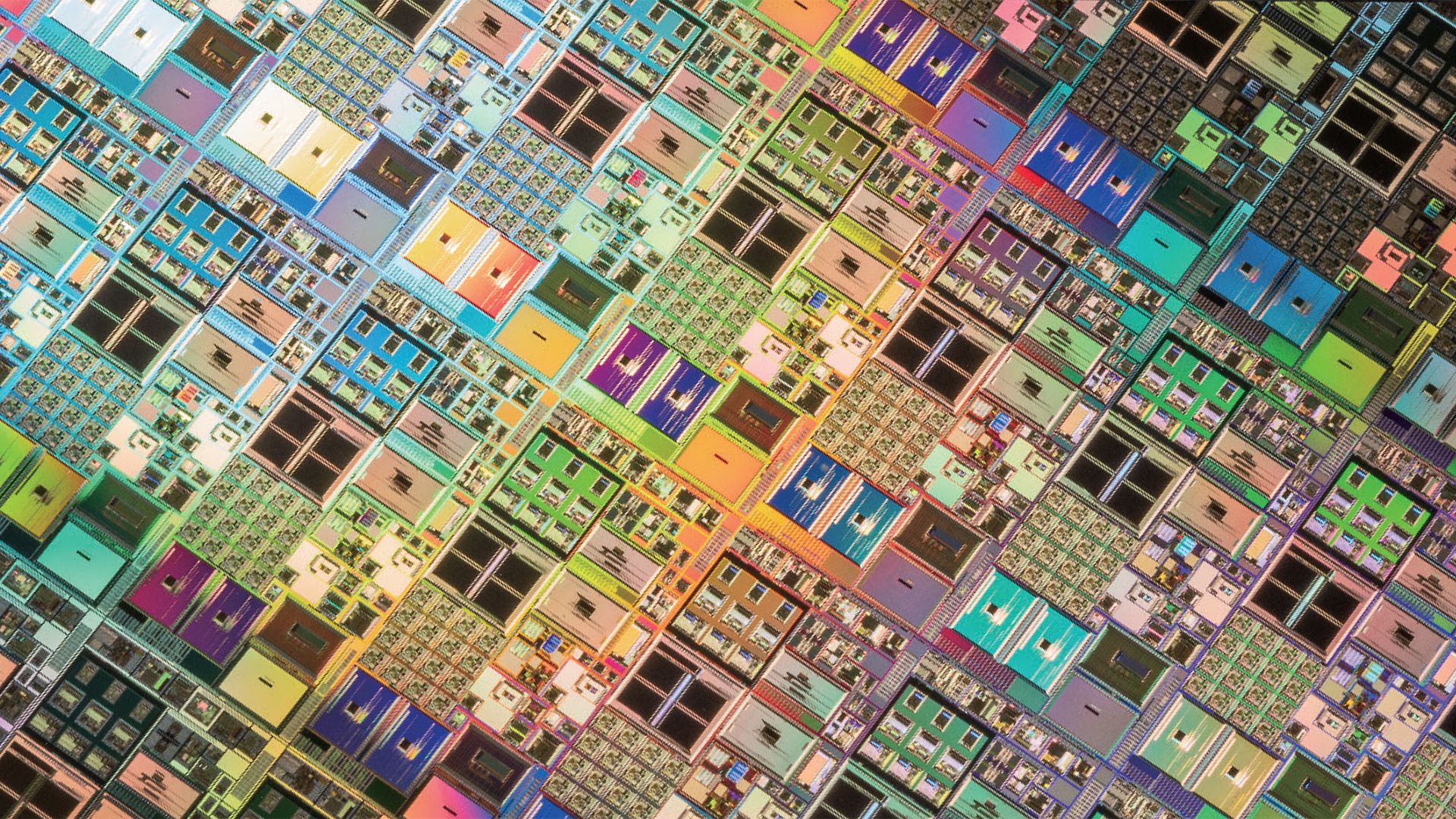In comparing the nanotextured to glossy ASD's, I found the nano was less sharp for text. The difference was, for me, noticeable enough that I wouldn't want to use a nanotextured display for my work. In addition, the nanotexture creates a strong "sparkling snowfield" effect on white backgrounds that may or may not bother you (this is common with all matte-type coatings, but the effect with Apple's nanotexture is particularly strong). So if you're mostly viewing text, unless it's going to be used outdoors, I'd personally stay away.
OTOH, that sharpness reduction is not noticeable on photos and video, and it's better at killing reflections than any other surface treatement I've seen (which is probably why it also creates a strong sparking snowfield effect--it's a very strong texture). Another benefit is that other treatments seem to "dull" the screen, while the nanotexture does not. Thus if you're looking mostly at pictures or videos, and doing it in a bright environment, it would probably be superb. I assume that's whom the nano was originally designed for--people doing photo and/or video work in environments were lighting can't be easily controlled.
I didn't see the presentation, so perhaps this was addressed there, but I also wonder how nanotexture would work with a touch screen. Will it feel unpleasant to move your finger across the screen? Will there be more resistance? And willl the nanotexture remove microparticles from your skin, causing the screen to dirty more quickly than a glossy screen? "The nanotextured iPad: Now with free dermabrasion!"

